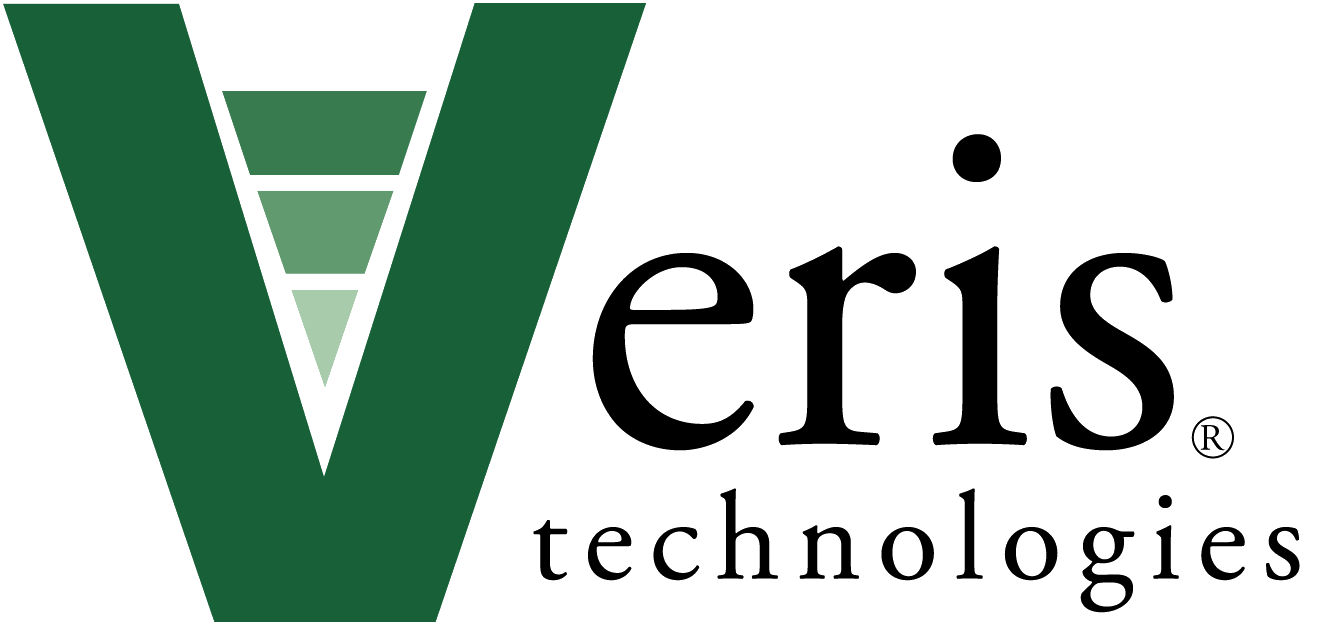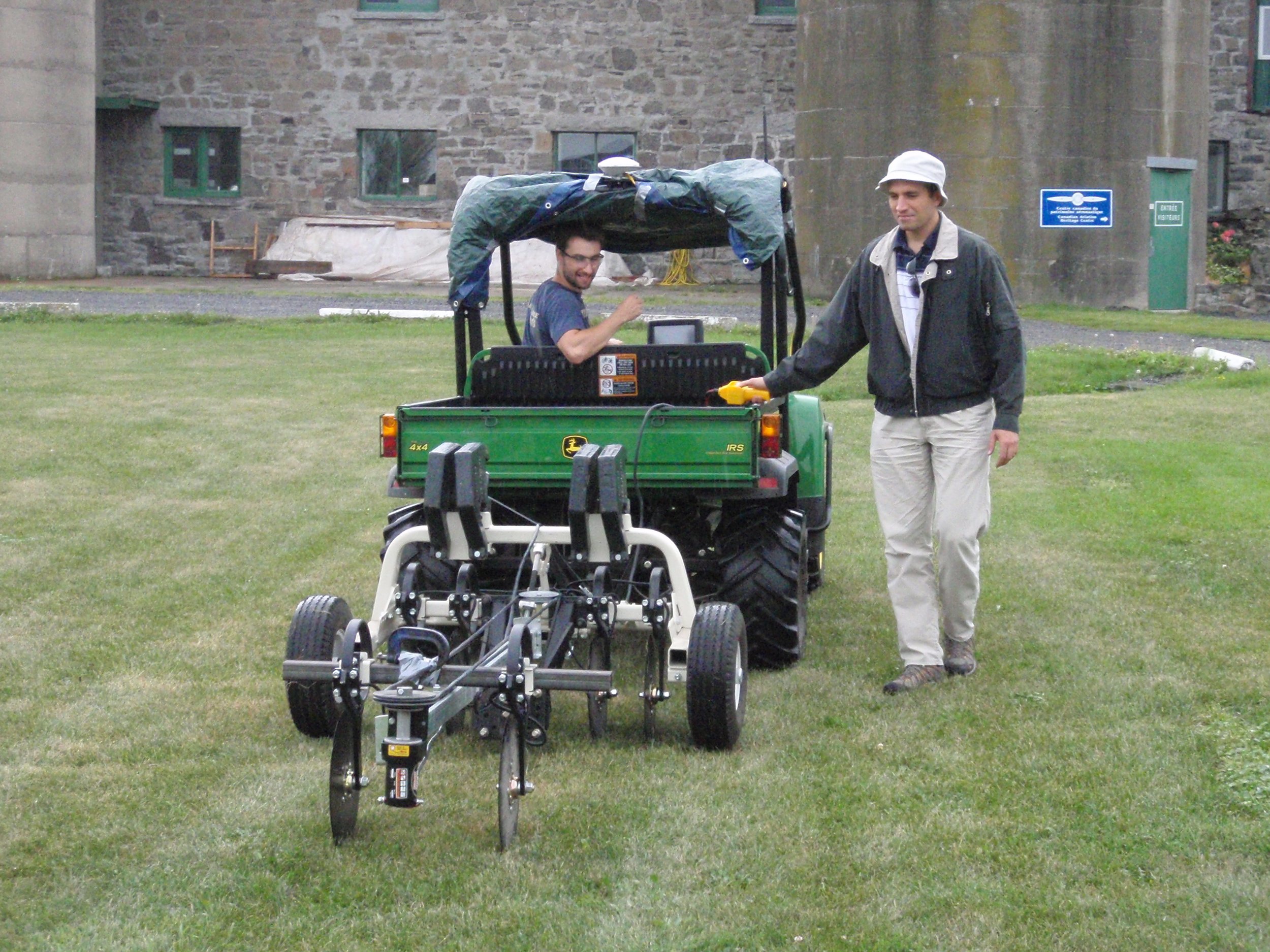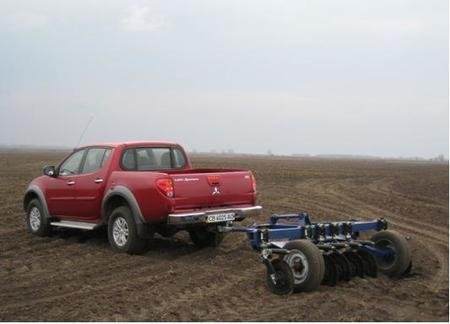Sensing a Need for Public-Sector R&D in Soil Sensors
If you Google search for on-the-go soil sensors, one name (besides Veris) appears more than any other. While Viacheslav Adamchuk may not be the easiest name to pronounce, it’s easy to see that Dr. Adamchuk—Slava to all who know him--has made an extensive contribution to precision agriculture.“I first met Slava in 1999 at the InfoAg precision ag conference in W. Lafayette IN,” recalls Eric Lund, Veris Technologies President. “He was in the middle of his Ph.D at Purdue. He came to the Veris booth and showed us some of his early efforts in pH sensing. What struck me most about that first encounter wasn’t his data—which was intriguing but very preliminary—but the unique combination of joy and intensity he had for his project. I told the other Veris guys at our booth that day, ‘I don’t know when or how, but I suspect we’ll be collaborating with this passionate Ukrainian in the future’.”
A year later, Slava had completed his Ph.D and successfully evaluated his on-the-go pH prototype. Veris licensed the technology from Purdue University and developed the Mobile Sensor Platform in late 2003. In 2000, Slava accepted a position as an Assistant Professor at the University of Nebraska-Lincoln, not far from the Veris factory in Kansas. Collaboration has continued on a formal and informal basis for over 10 years. One of the most important contributions was Slava’s assistance in Veris adopting a rugged metalloid pH electrode, replacing the original glass electrodes on Veris MSP’s.
In 2010, Slava became an Associate Professor at McGill University in Quebec Canada, maintaining adjunct status with the University of Nebraska-Lincoln. He has around 10 students in his research programs, most focusing on soil sensing. It’s difficult to find a soil-sensing technology that Slava hasn’t researched and published in a scientific journal paper, including soil EC, optical, compaction, moisture sensing, ion-selective electrodes, and more. In 2012, McGill University purchased a Veris P4000, so expect new research on Vis-NIR spectroscopy to be published soon. What sets Slava’s research apart is his common sense approach to soil sensor R & D. This practical mindset makes his input valuable in commercial agriculture as well; Slava advises a 110,000 ha Ukrainian farm on its precision program, which includes Veris EC mapping of over half of the operation.
Dr. Adamchuk senses a bright future for the industry, “Over last twenty years, we have witnessed substantial developments in the field of proximal soil sensing, and a greater than ever number of potential applications for this technology is still just above the horizon.”
Originally Published July 24, 2013.



